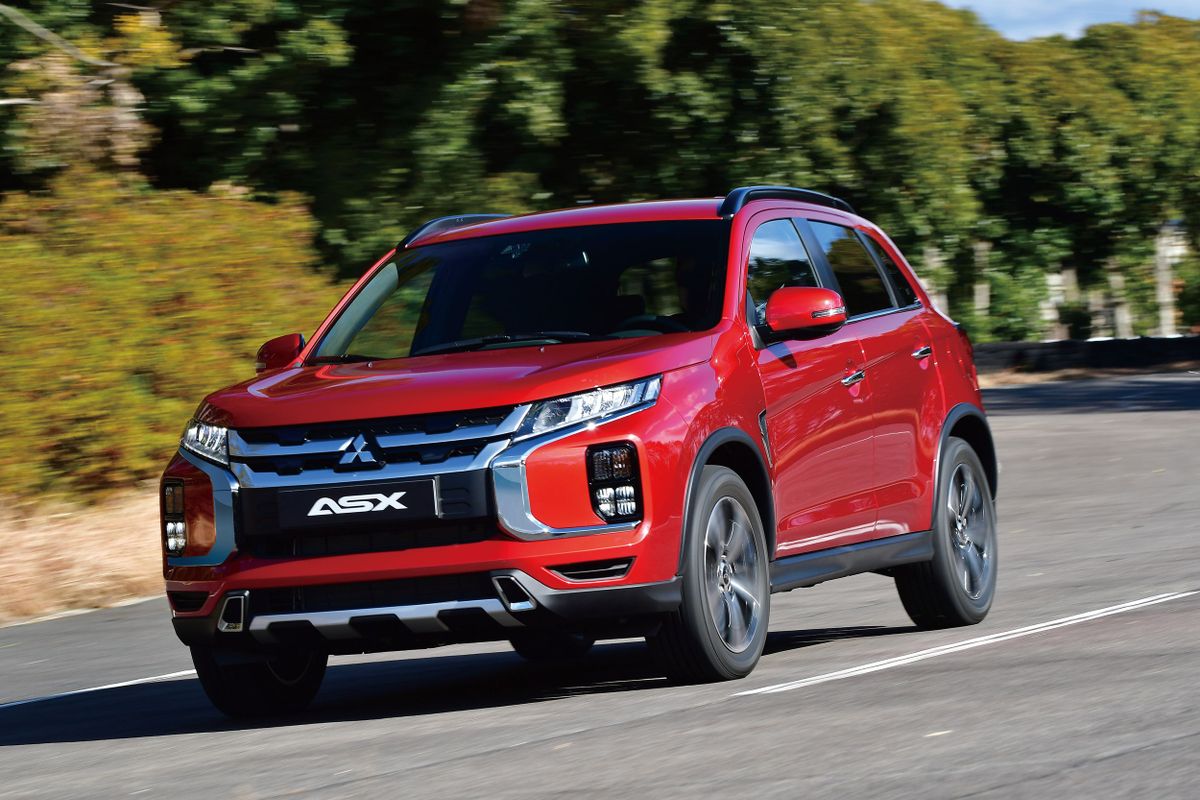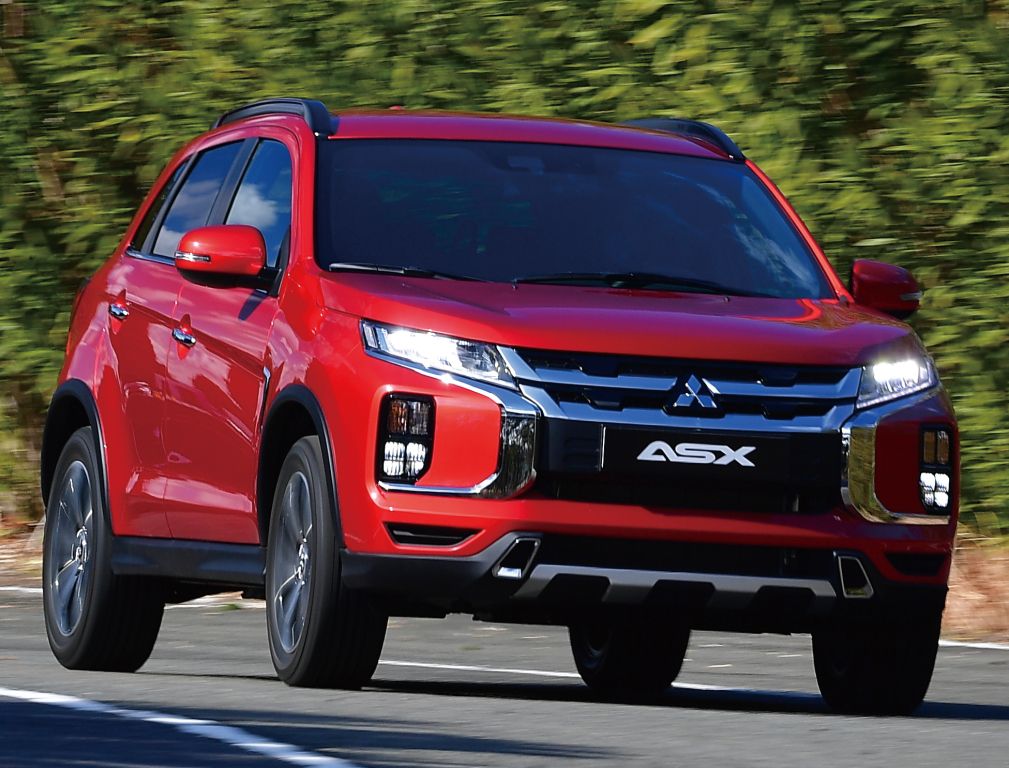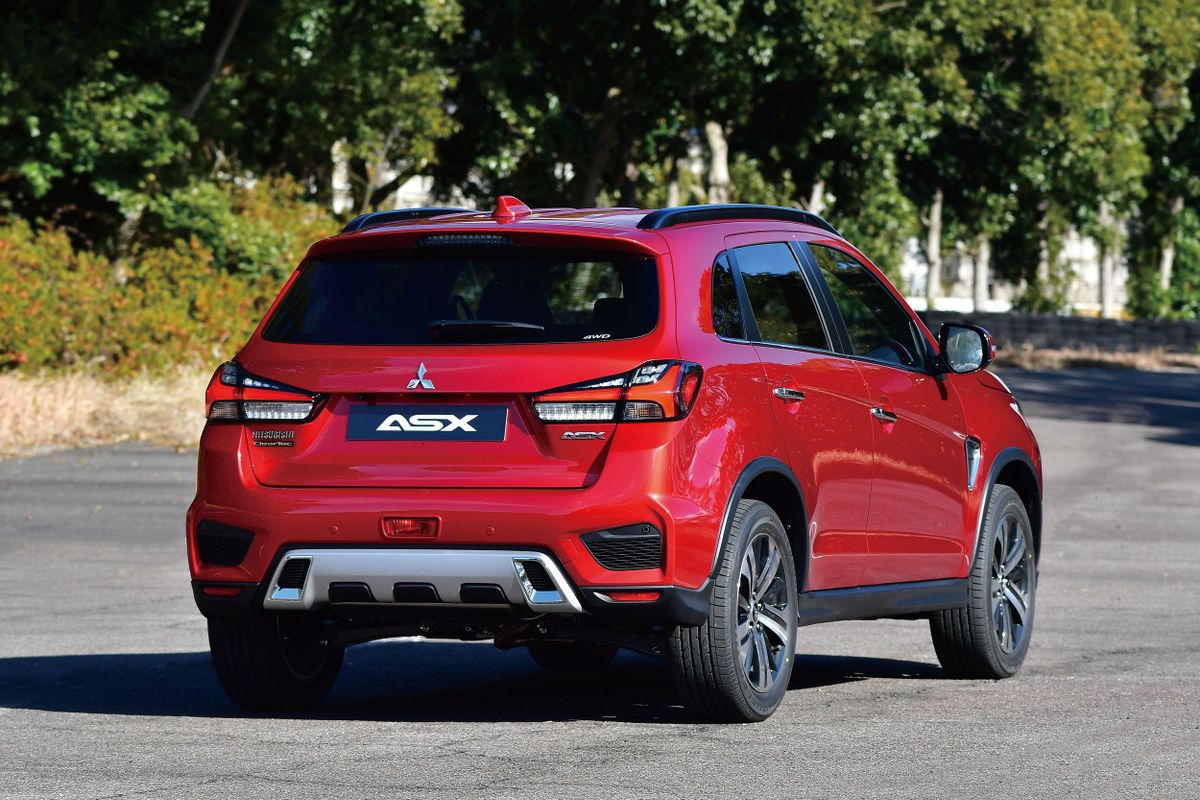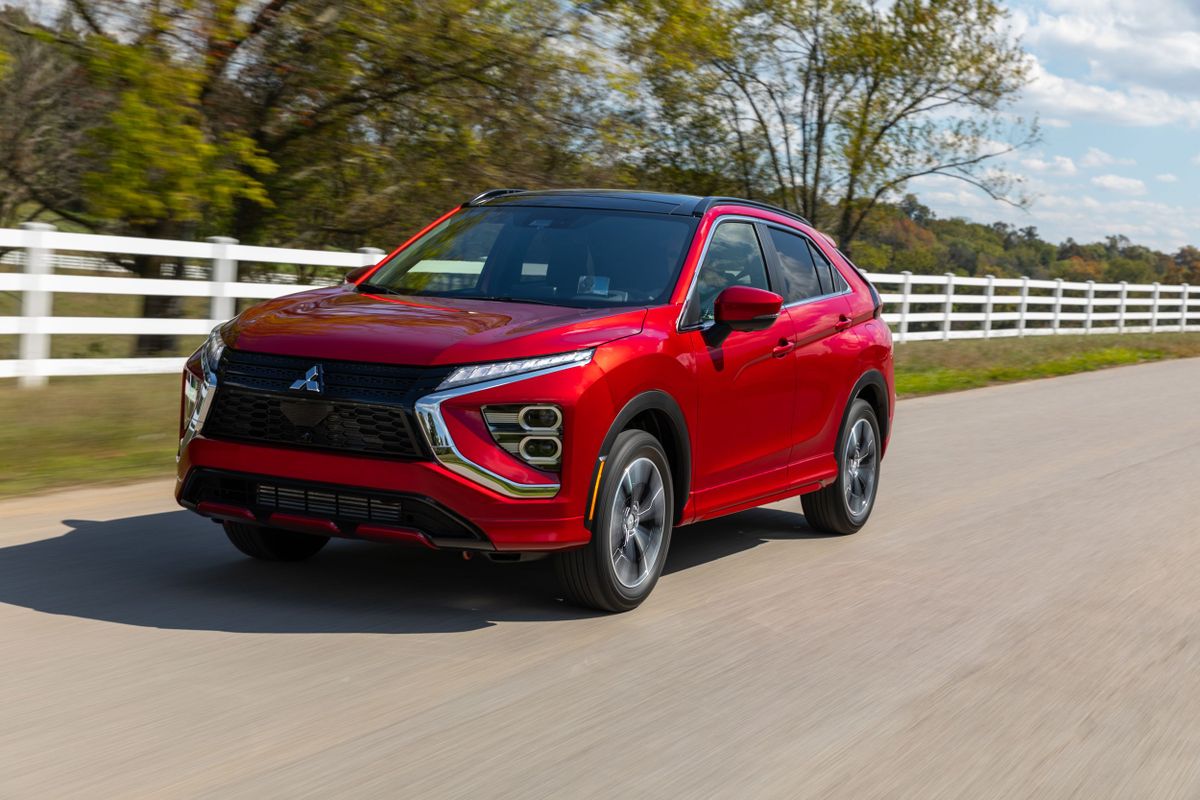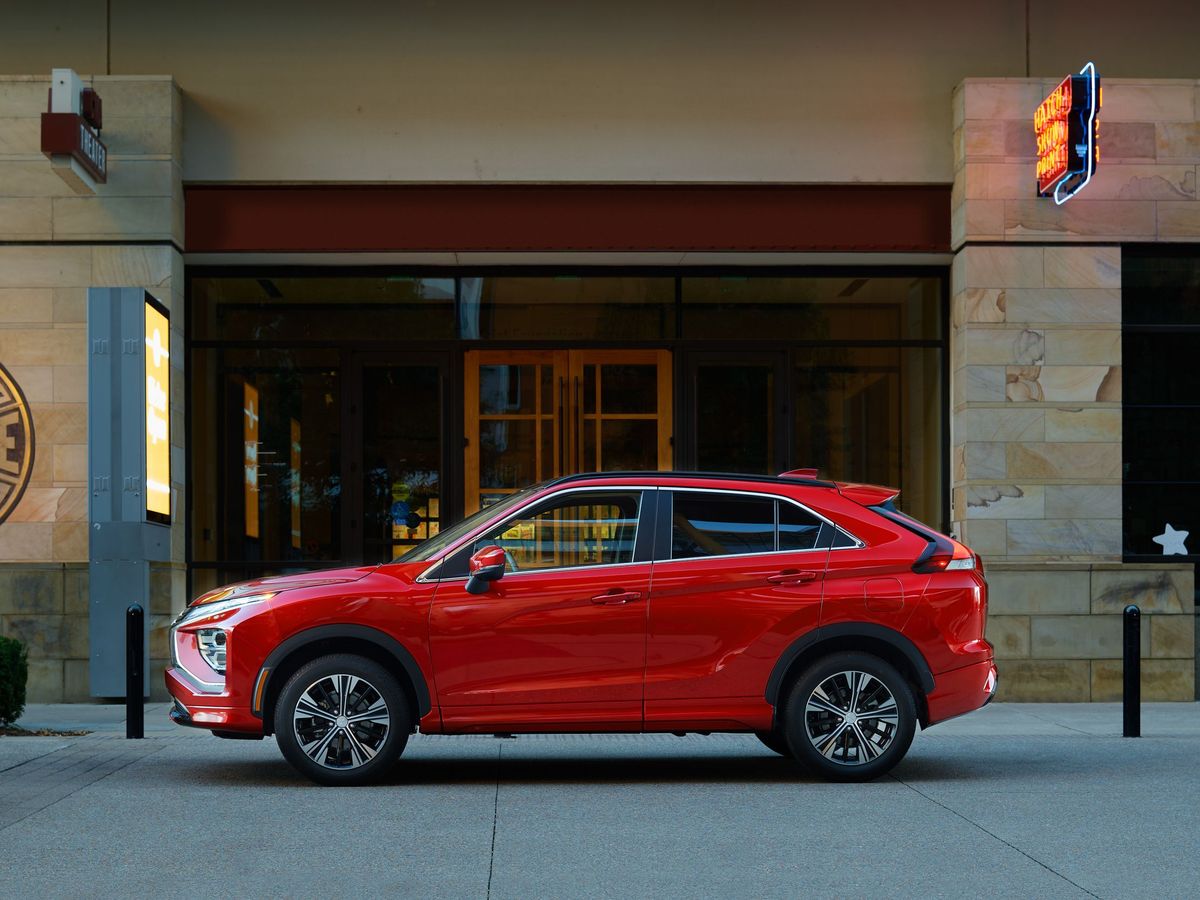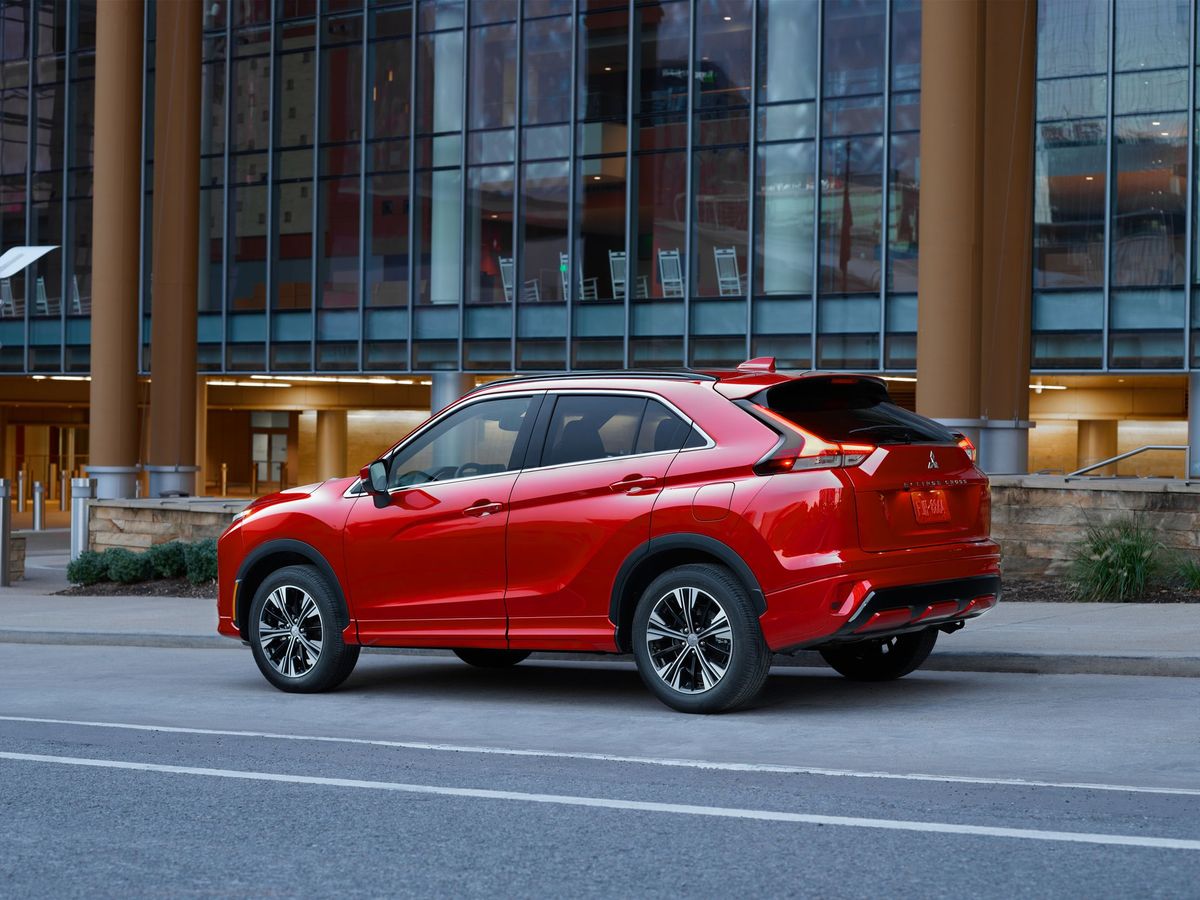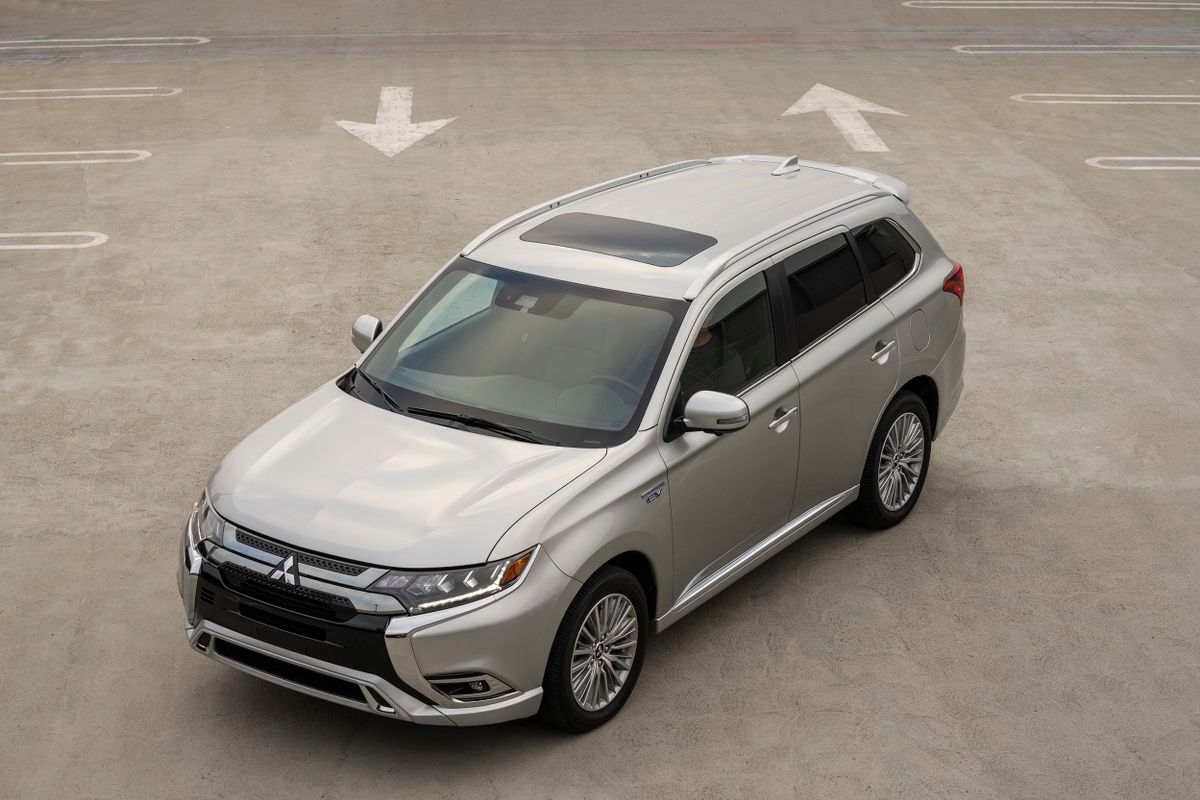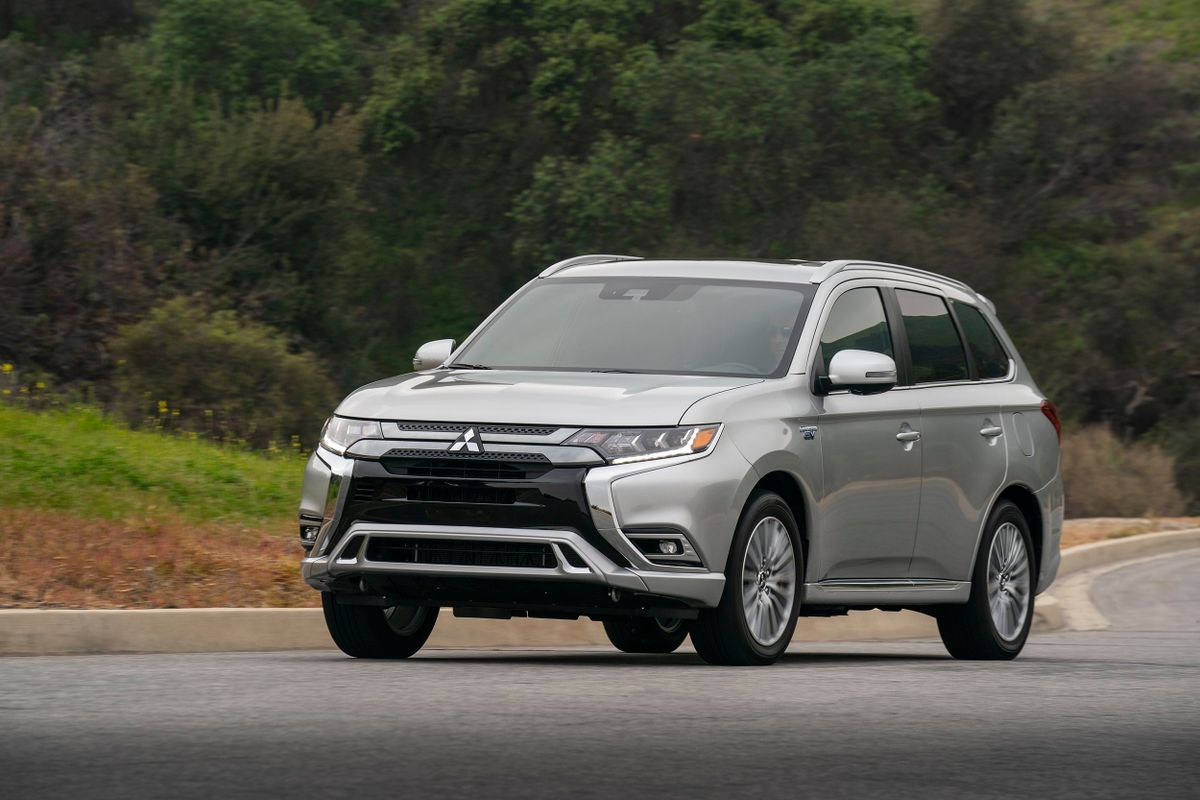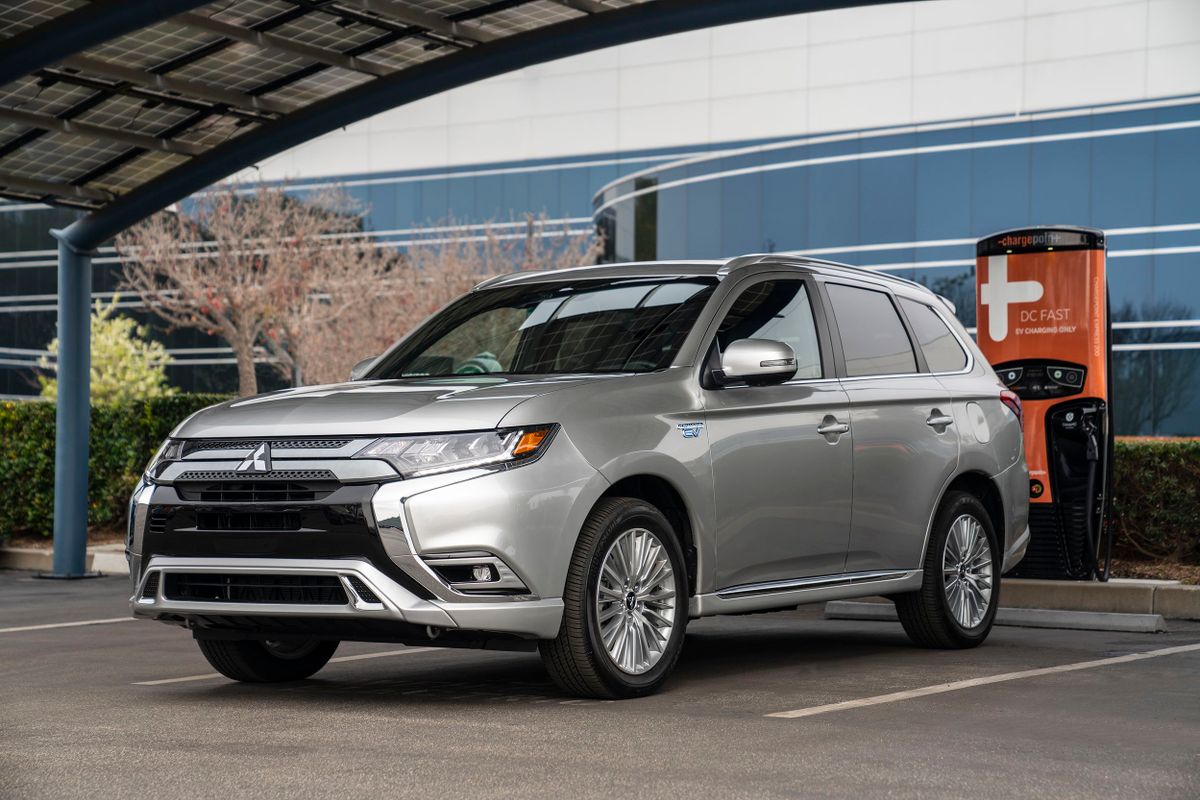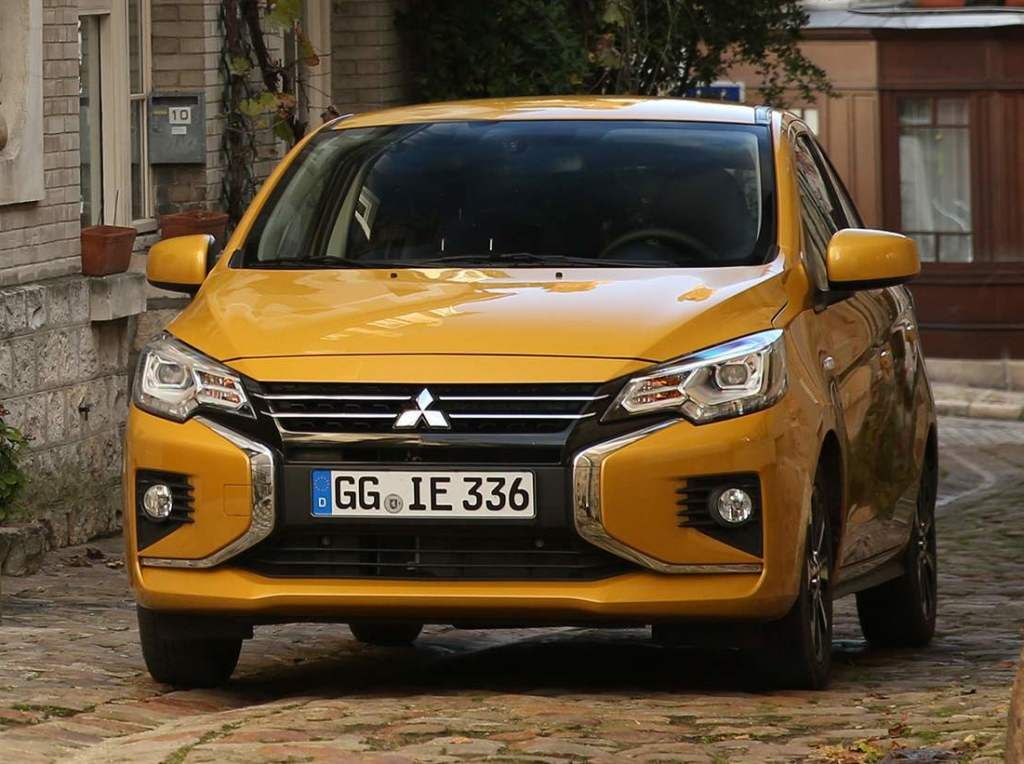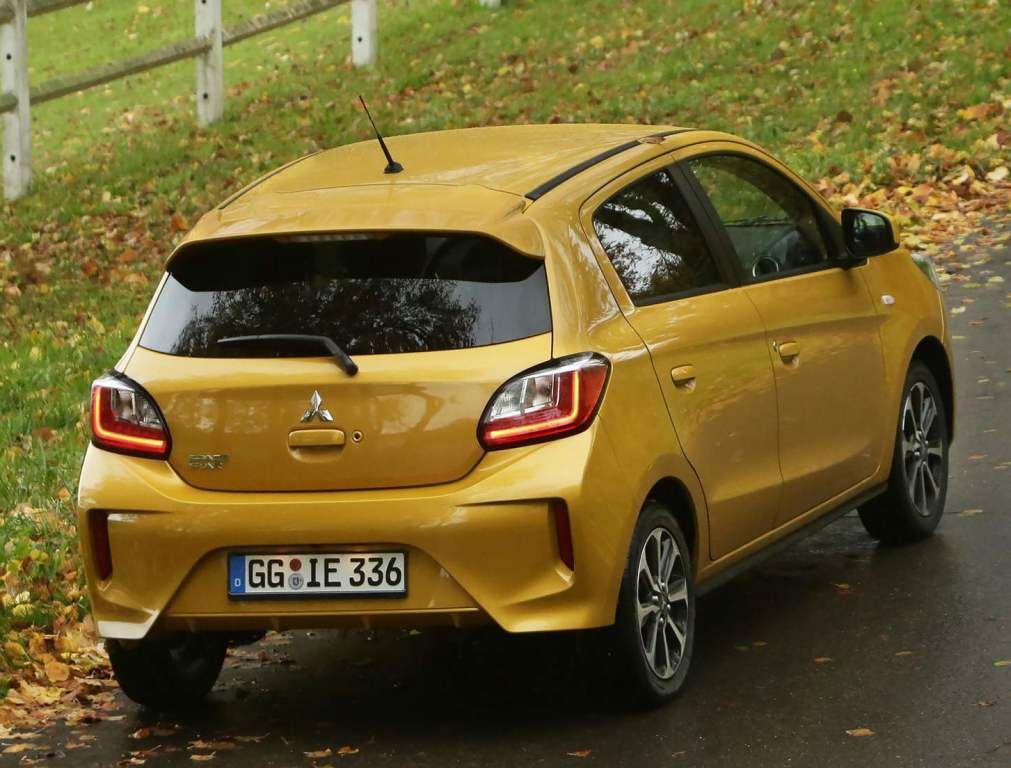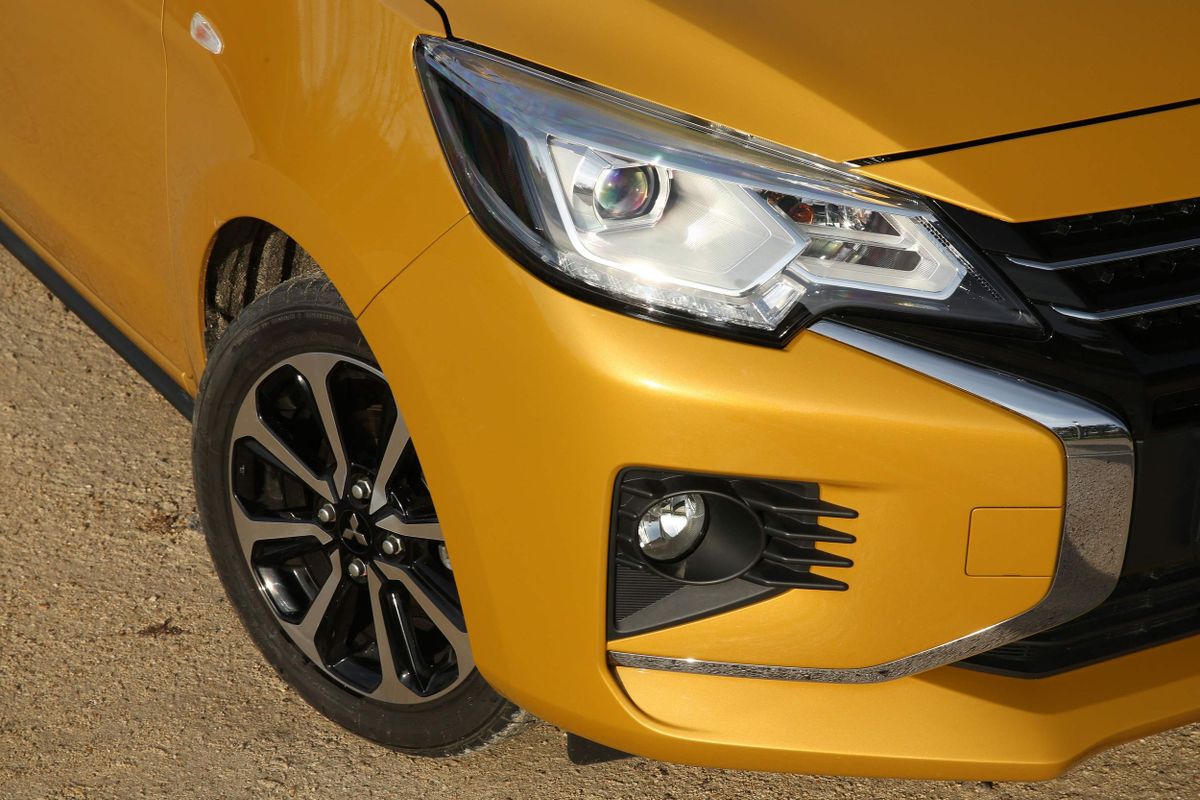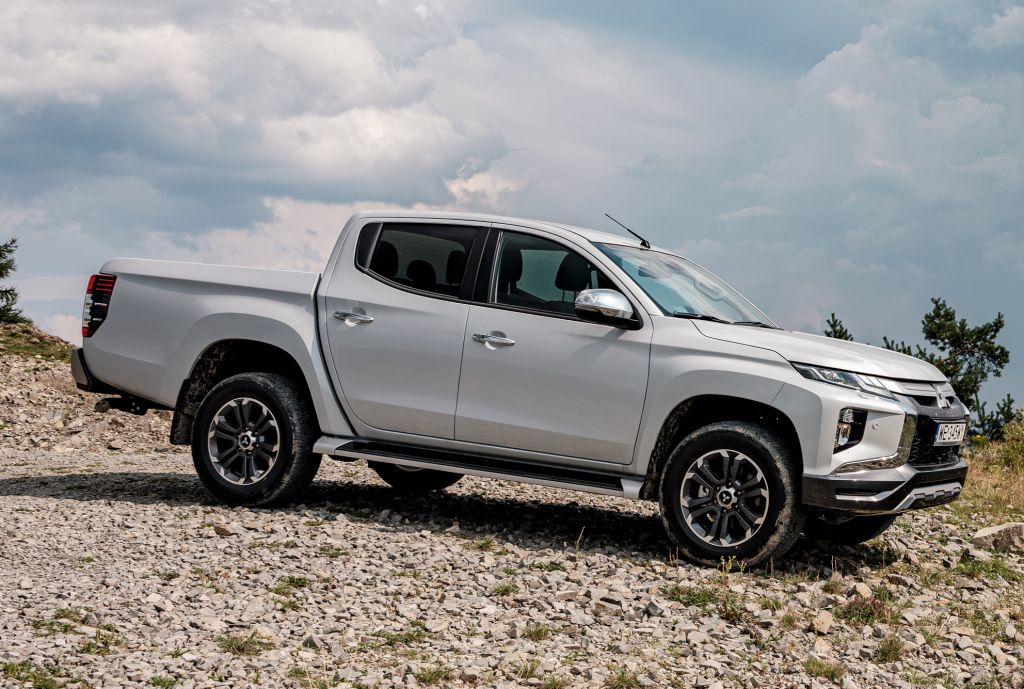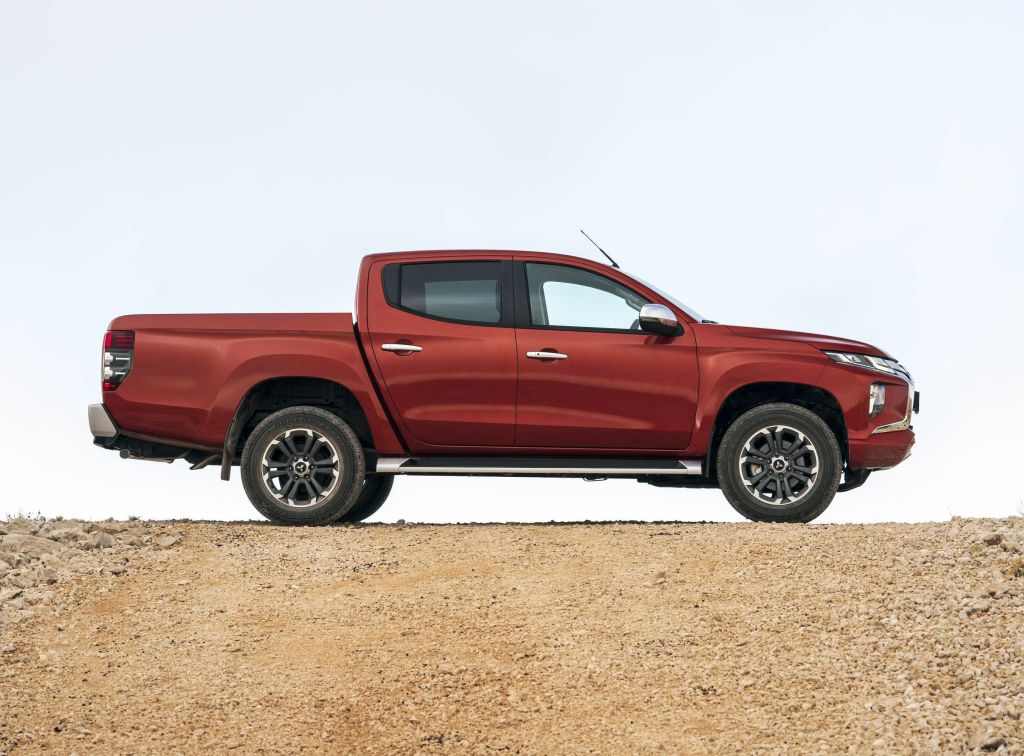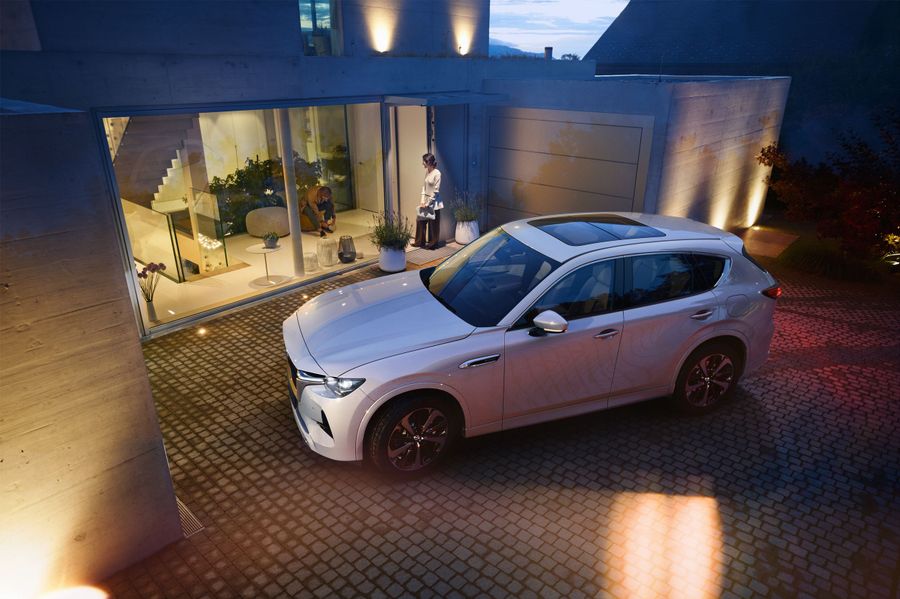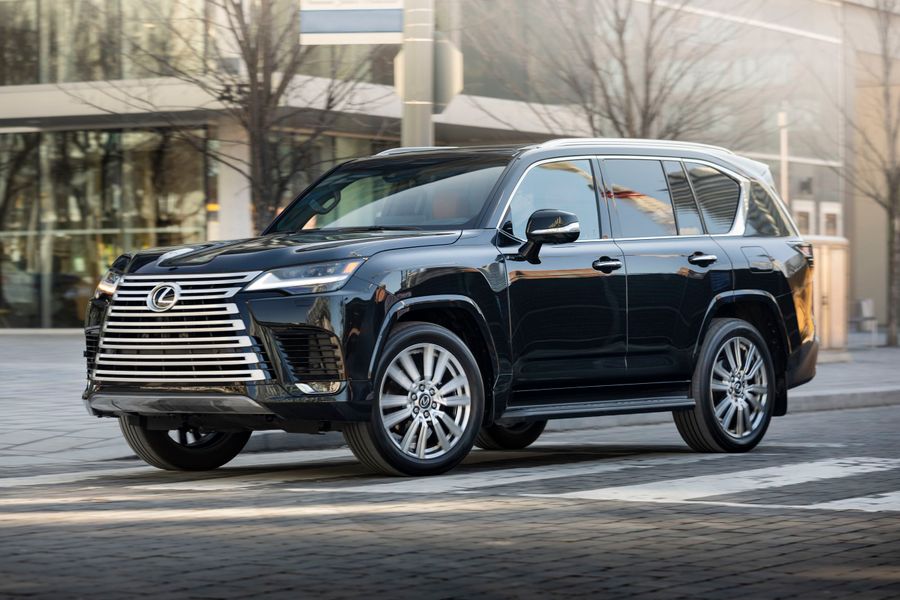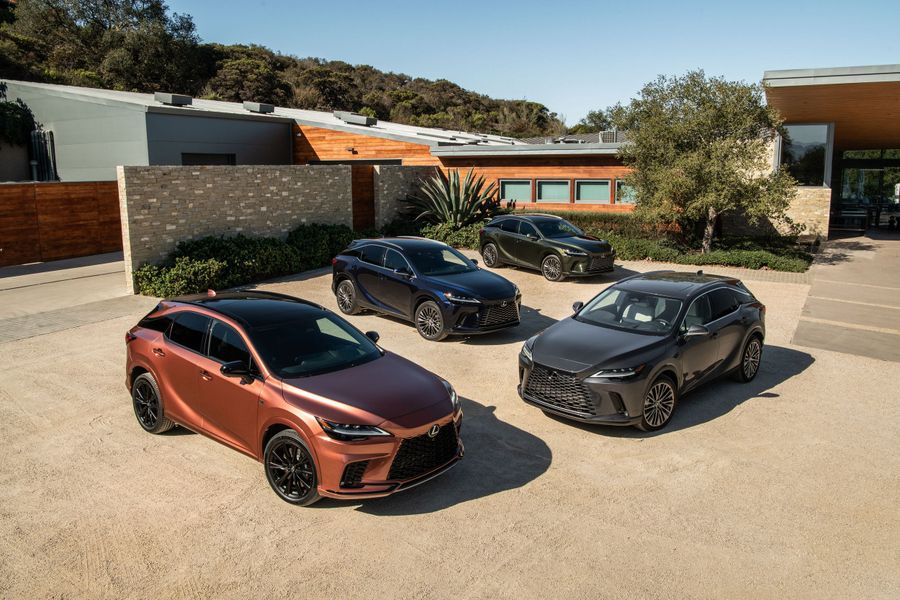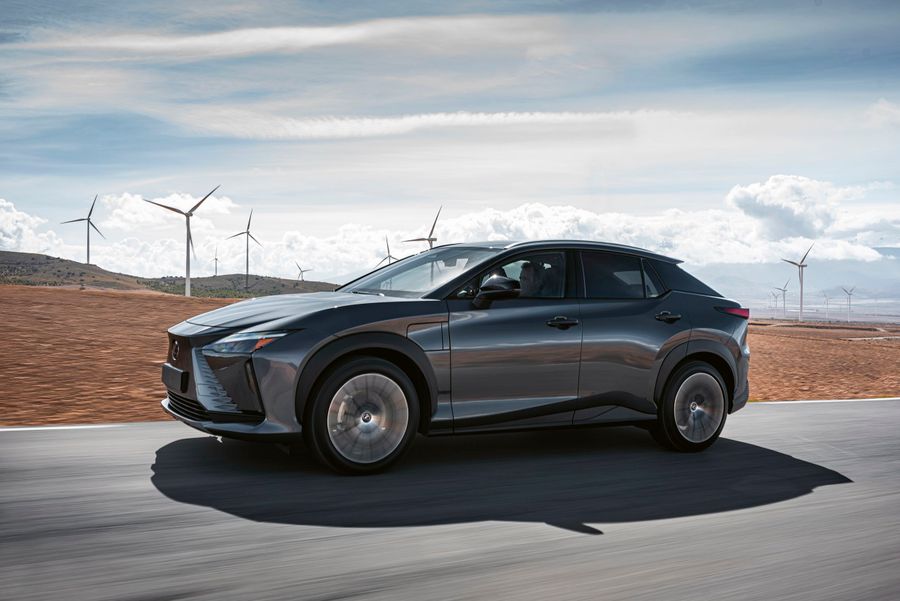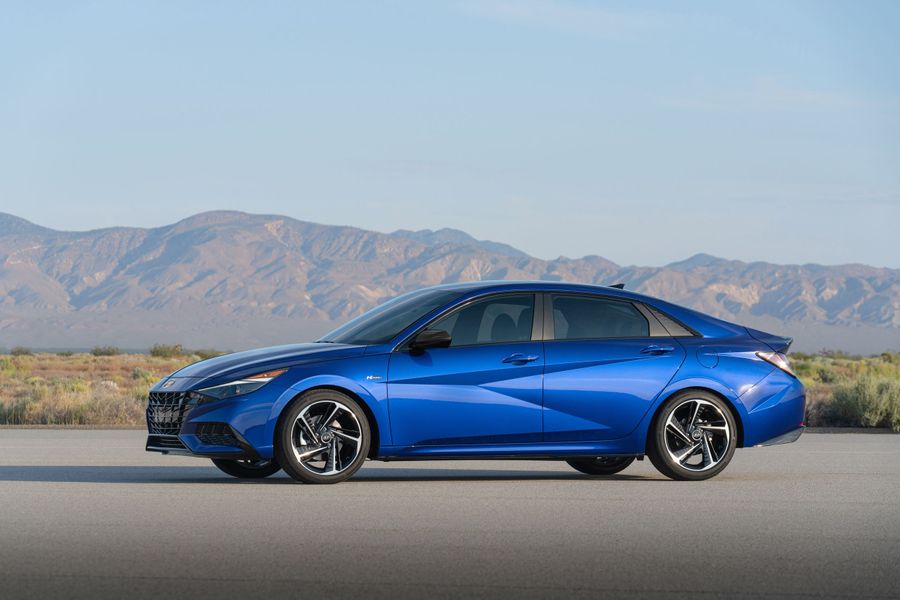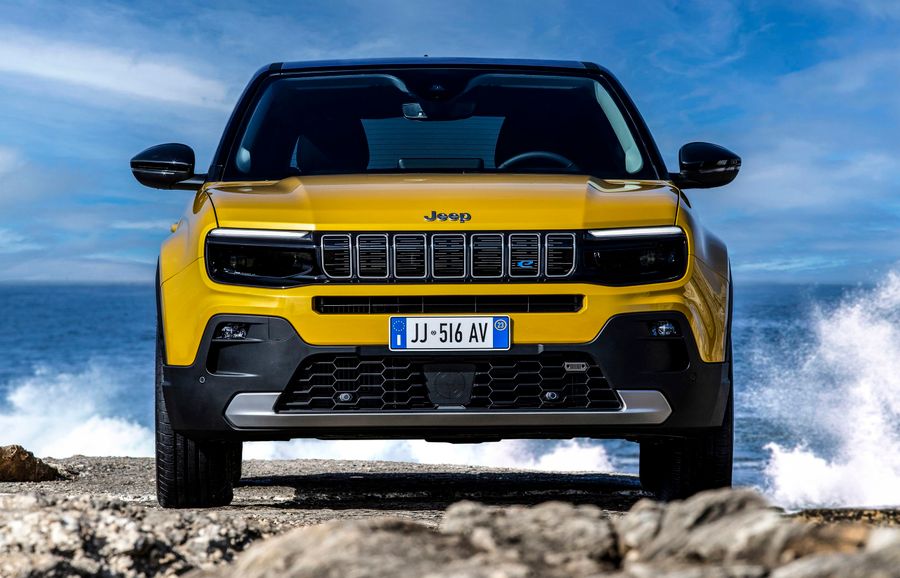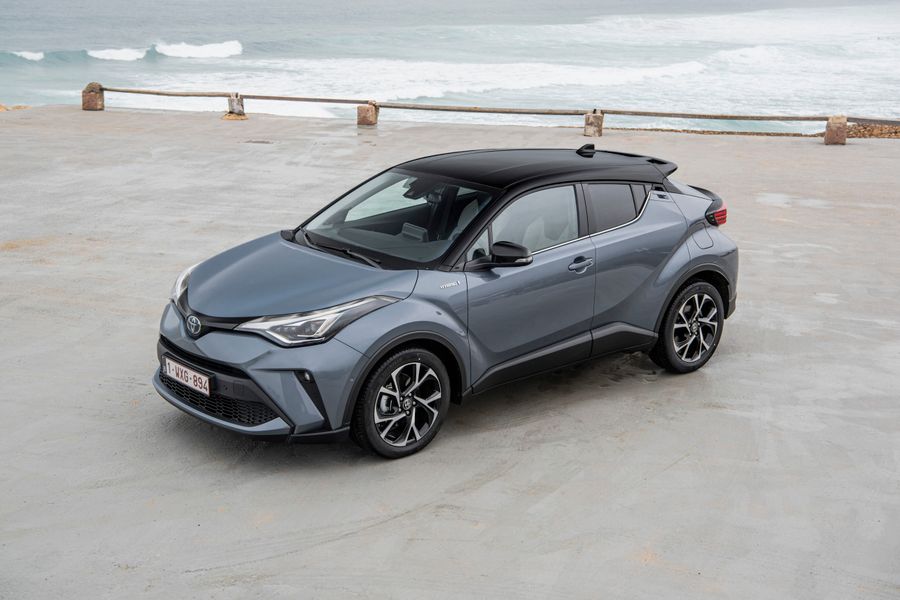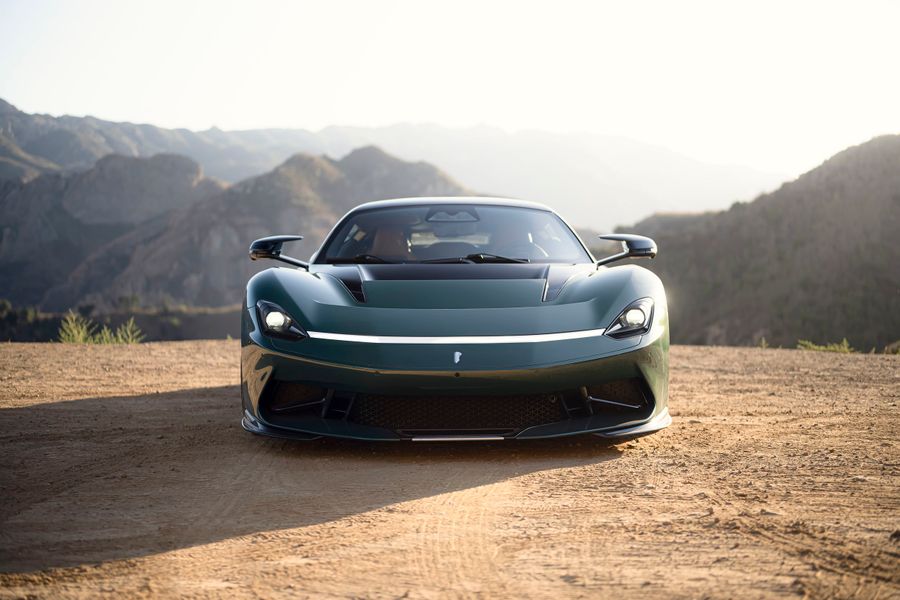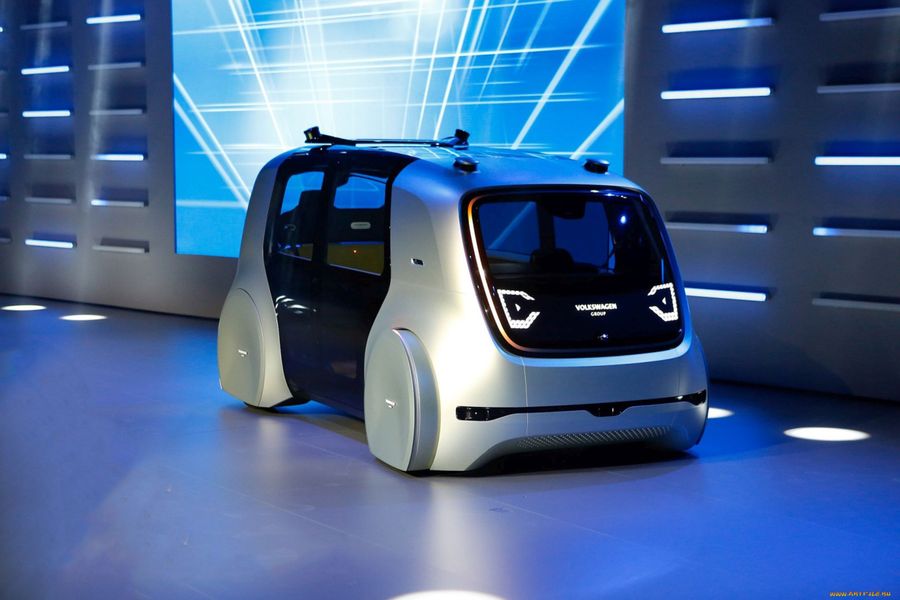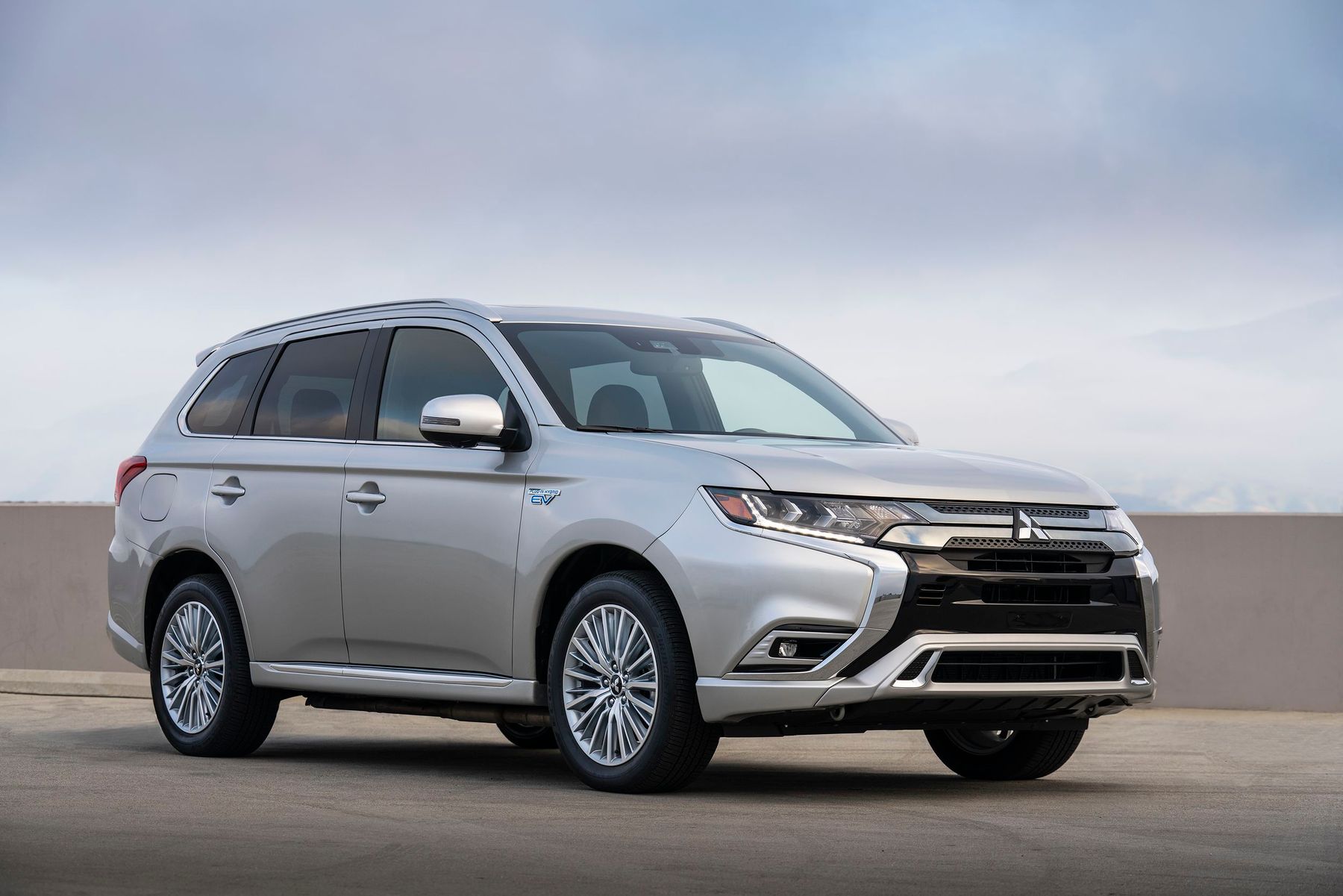
Mitsubishi. First in every way
Mitsubishi Motors Corporation or MMC is one of the largest Japanese car manufacturers. It is a part of the largest production group of Japan, Japanese financial corporation, a - ‘zaibatsu’ Mitsubishi Group, until 1945 managed by one single family, members of the samurai nobility, Iwasaki. The most powerful Mitsubishi Corporation is engaged, literally, in almost everything: aircraft, shipbuilding, engines, electronics, finance, chemical industry, oil refining, light industry, rockets, spacecraft, reactors, nuclear power, and… there are much more areas! The turnover of the entire Mitsubishi Group, if reduced to a single balance, amounts to 10% of entire Japan’s GDP. Mitsubishi Motors Corporation is just a part of this huge keiretsu.
Yes, today, the Mitsubishi Group is classified as keiretsu, not zaibatsu. First, because the Iwasaki family has lost absolute control of the corporation forever, second because after the war it was split into dozens of companies, third because it’s still a big family, and all the companies in the group retain their “kinship” and have common shareholders. After the Second World War, Mitsubishi shares were distributed among the employees, and have been transferred from fathers to sons without leaving their families.
The turnover of the entire Mitsubishi Group, if reduced to a single balance, amounts to 10% of entire Japan’s GDP. Modern Mitsubishi Motors owns seven research centers; three of these are outside Japan. Production facilities are located in six Japanese and nine European cities.
Nowadays, one of the co-owners of Mitsubishi Motors is Nissan Motor, the 3rd among the Japanese automotive companies after Toyota and Honda. The company produces cars under the Mitsubishi brand and sell them in 160 countries. Everyone knows the main models of Mitsubishi brand: ASX, Outlander, Lancer, Pajero Sport. Modern Mitsubishi Motors owns seven research centers; three of these are outside Japan. Production facilities are located in six Japanese and nine European cities.
How did the logo appear?
It started with Yataro Iwasaki. In his childhood, he started working in a shipbuilding company owned by the Yamauchi clan, the ruling clan of the Tosa Domain. He rented three steamboats afterward and started his own business. That’s how Mitsubishi Mail Steamship Company was born in 1875. By the way, the logo appeared before the well-known “Mitsubishi” name. Yes, Iwasaki didn’t use his own name in the company’s name. Do you know why?
In his company logo, Iwasaki used two family crests: three overlapping lozenges of Iwasaki and oak leaves arranged in a threefold rotational symmetry of Yamauchi. Three diamonds in the shape of a shamrock is a combination of these two. ‘Mitsubishi’ is Japanese for ‘three diamonds’ and comes from the logo. This emblem expressed Iwasaki’s respect and gratitude to the Samurai clan that supported his endeavors. Yamauchi clan and its family crest was the reason why we can drive Mitsubishi cars rather than Iwasaki. The logo symbolizes three principles of Mitsubishi Motors: social responsibility, honesty, and openness to international cooperation.
First in every way
In 1917, Mitsubishi released its first mass-produced car Model A, very similar to Ford cars: a four-door 7-seat sedan with a 35-hp 2.8-L engine and drive system on the rear wheels. Mitsubishi Model A could accelerate up to 32 km/h. Too slow? But it was much cheaper than its brother from the USA. It was considered its main drawback and the reason that four years later the company stopped producing motor cars because of their low demand in Japan. Nevertheless, Model A was the first Japanese car assembled on the assembly line, so it was even honored to be an exhibit at the Japan Industry Show in 1922.
Then the company produced scooters, buses, trucks, and pick-ups. Some trucks were three-wheelers. In the pre-war years, Mitsubishi always introduced some new ideas and created something ‘first in Japan’: the first Japanese diesel engine, the first bus, the largest and the most powerful in Japan, the first diesel bus, the first 4WD passenger car, a truck with a diesel engine.
‘Mitsubishi’ is the Japanese for ‘three diamonds’, this name has originated from the logo. The logo symbolizes three principles of Mitsubishi Motors: social responsibility, honesty, and openness to international cooperation.
But the real history of the automotive giant began after the Second World War. And again, Mitsubishi was the first! But not yet in passenger cars. Mitsubishi produced Japan’s first truck with air suspension, the first 8-ton truck with the original type of chassis, the first rear-engine truck. Buses, produced by the company, began to be exported.
Only in 1960, Mitsubishi 500, the first passenger car produced by the company after the Second World War, appeared. It formed the basis of the Colt 600 model, production of which began in 1962. And Mitsubishi Minica appears shortly after that. The latter survived 8 generations and was produced until 2011. And a couple of years later the famous Colt Galant appeared, being produced in 9 generations with total sales amount above $ 5M. It started producing a whole family of prestigious Mitsubishi cars, distinguished by sporting character and high performance. It was Colt Galant that became the first Mitsubishi car to be sold in the USA.
In 1973, Mitsubishi Lancer appeared and soon it became the ancestor of the whole family of cars! Its sports version won the Rally Safari twice and the Southern Cross 4 times. In 1978, Mirage is presented. There was a naming confusion because in some markets it was sold under as Colt, and in others, with a sedan body, as Lancer. This model was the first to adapt 8-gear Mitsubishi Super Shift gearbox with 4-speed ranges and a separate ‘low/high’ range switch appeared.
Finally, in 1982, Pajero SUV appeared which received its name from a pampas cat, an inhabitant of the Patagonia plateau in Argentina. Pajero really stole the show! Successful design plus comfort and a combination of the best dynamic and technical parameters made it a favorite around the world! Especially after Pajero won the Paris-Dakar Rally twice in a row and became a legendary SUV, while winning a lot of awards and of ‘car of the year’ awards in many countries at the same time.
Pajero won the Paris-Dakar Rally twice in a row and became a legendary SUV, while winning a lot of awards and of ‘car of the year’ awards in many countries at the same time.
Galant, Colt, and Lancer were awarded as well! In different years, all of them won the German prize called ‘Das Goldene Lenkrad’ (‘the golden steering wheel’). Galant VR-4, Sigma, and Diamante became cars of the year in Japan, sports model GTO (3000GT) took the prize in the USA as the best-imported car of the year. 4WD L200 gets the title of the ‘Top Pickup’ in the UK and in the USA… and that’s not the entire list! So Mitsubishi cars have received a lot of prizes in different countries all over the world, gained well-deserved recognition and love of customers.
Slowly but steadily, Mitsubishi Motors has conquered the car market.


